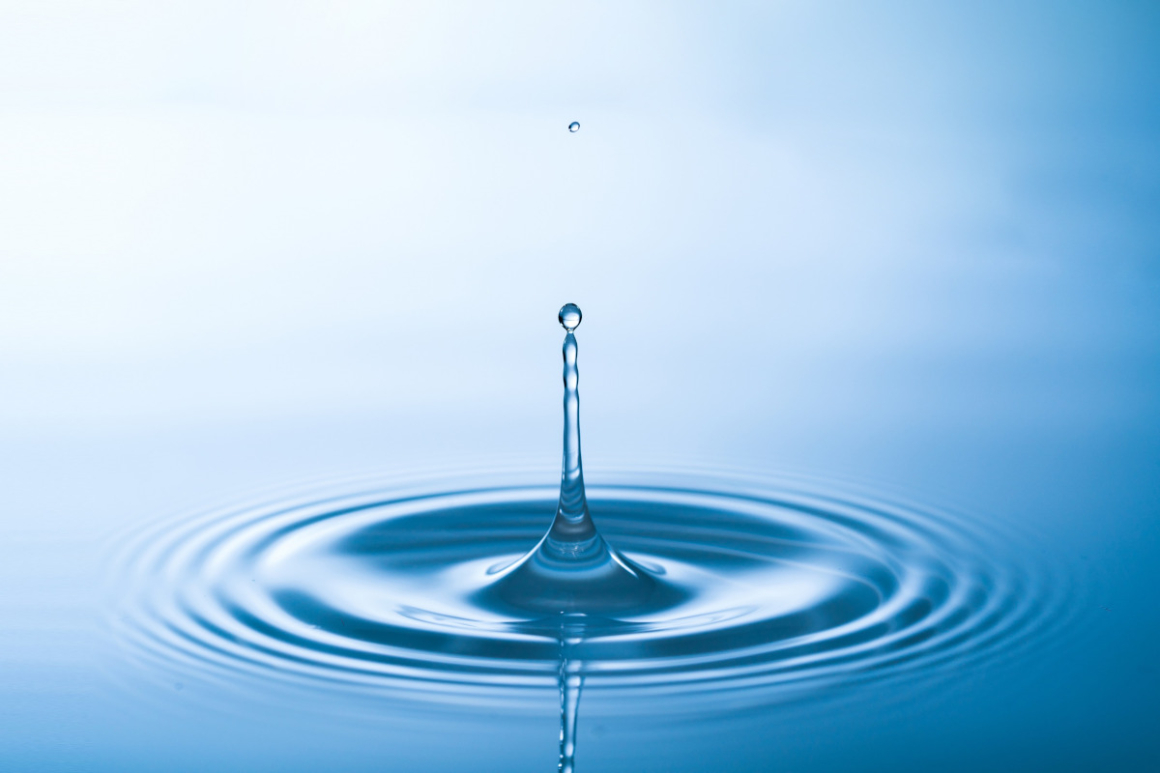Water management in agriculture has become a concern in Atlantic France. With projections showing that river levels will fall by 2050, challenges are being posed in terms of securing water supplies. In 2021, the Vegepolys Valley centre launched a research project in which all the players in the agricultural sector were brought together to discuss and plan for the challenges posed by climate change. Below are various solutions for improving water management.
In Atlantic France, the average minimum level of watercourses could fall by 30% to 60% by 2050 as a result of the increase in temperature, the decrease in rainfall, and evaporation. In particular, this would lead to slower flows and further deterioration in the quality of surface water. In addition, the region’s population will continue to grow, according to projections, which will increase the demand for water.
Therefore, €144 million has been earmarked for measures to support water management solutions in Atlantic France. These measures are based on simple, practical actions involving various projects. The aim is to create a solid knowledge network to help make agriculture more sustainable and to transfer knowledge to local players.
ClimatVeg project: tackling climate challenges
The ClimatVeg project is led by Vegepolys Valley (a competitiveness cluster in the plant sector which is headquartered in Angers) and supported by 3 partners. It was created in February 2021 for an estimated duration of 48 months. This plan presents the possibility of reducing phytosanitary products in the so-called “priority” water catchment areas.
The project involves:
Sharing info on water stress through newsletters
Water abstraction for irrigation accounts for up to 90% of the total usage during periods of low water. For this reason, the use of newsletters such as Inf’Eau is encouraged. These provide weekly information on crop status, soil conditions and irrigation restrictions. This tool allows farmers to adapt their irrigation practices with precision and efficiency.
Sensors and real-time irrigation control via a mobile app
Projects such as AquaLeaves and companies such as Weenat offer innovative solutions that allow farmers to monitor soil moisture in real time and adapt irrigation to the needs of their plants. They achieve this by placing sensors, which are connected to a mobile app, in plots. This allows for more efficient water use by providing information on the state of the soil and the water needs of the plants.
Irrigation olla: an ancient technique for conserving water
This ancient technique dates back to pre-Columbian times and is based on burying porous clay pots that slowly filter water into the soil, maintaining optimum humidity for plant growth. Inspired by Roman terracotta pots, they have re-emerged as an innovative technique, reducing water stress and saving water. The pots, buried next to the plants, gradually release water, saving up to 70%. Lutton Pottery in Vendée (Atlantic France) has relaunched its business by specialising in the manufacturing of these, and as a result has significantly increased its sales.
Rainwater harvesting in greenhouses
This requires a detailed assessment of the quantity of water that can be reused, the presence of pesticides and bacteria, and the rate of evaporation. This initiative aims to optimise water usage and reduce dependence on external resources.
While one of Climatveg’s challenges is to disseminate these kind of solutions, we will also have to wait until 2025 to make a precise assessment of the projects.


 日本語
日本語  Français
Français 
